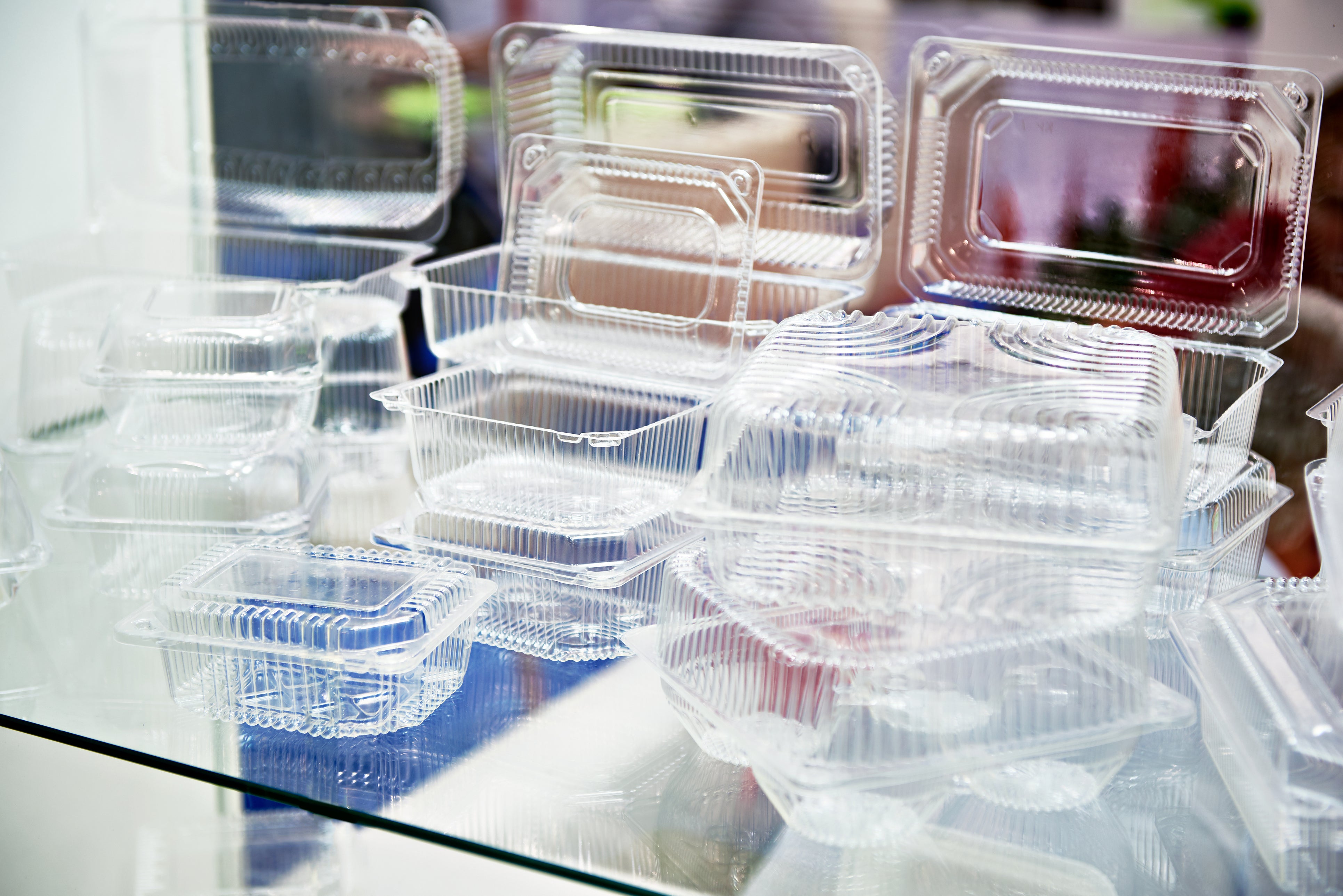Packaging for the future
THE ARTICLES ON THESE PAGES ARE PRODUCED BY BUSINESS REPORTER, WHICH TAKES SOLE RESPONSIBILITY FOR THE CONTENTS

Trace One is a Business Reporter client
According to a report by the Organisation for Economic Co-operation and Development, the amount of plastic waste has doubled globally since 2000, with 353 million tonnes produced in 2019 alone. Concerningley, just 9 per cent of this is currently recycled.
A separate study by the Environmental Investigation Agency suggests the threat posed by plastic pollution is as great as that of climate change, warning that by 2040 some 70 million tonnes of plastic will be in the world’s rivers and oceans.
Packaging produced by businesses is a major contributing factor – and one that all organisations will have to get to grips with. In the EU, the Packaging and Packaging Waste Directive has set firm targets for 70 per cent of all packaging to be recycled by 2030, including 55 per cent of plastic. Other countries, including France and Spain, have taken steps to ban the use of plastics altogether on specific products.
Charlotte Le Coz is the product marketing manager at software firm Trace One, the world’s largest collaborative retail business platform for consumer-packaged goods. She says legislation is one factor driving more organisations to assess their packaging requirements and take steps to improve the environmental impact it has. “The timeframe is very tight, and it will come around very quickly,” she says. “Businesses need to think about this now. The other driver is customer expectations, as it’s now common for consumers to ask a lot more questions about the packaging.”
However, knowing where to start is not easy, and the topic is more complex than it may first appear. “Consumers do not always have all the information they need to ask the right questions,” Le Coz says. “They can make out that plastic is the bad guy, but some plastic could be entirely recyclable and might be better than complex packaging with several components that can’t be recycled.”
Nor is it straightforward to simply replace a particular element of packaging, as any method also needs to do the job of protecting a product, such as food. “You need to know your product will be safe, so something like paper may not be suitable for some products,” Le Coz points out. “You’ll also need studies to be done to work out what impact it will have on your production. You may need to change machinery or adapt production lines.”
The first stage in any process of assessing and improving packaging options is to work out where the business is today. “You need to do an inventory across your whole product portfolio,” says Le Coz. “If you don’t have packaging experts in your industry, you can use the regulations as a first step because you will be forced to comply with them. After that, you can work out what you can do to change things.” Trace One’s Packaging Management Software helps businesses to quickly identify products with materials that may need improving or eliminating for greener packaging.
Identifying where to apply initial attention is an important next step. “Focus on the quick actions that will present you with the best return on investment,” she advises. “It may be better for you to focus on changing the packaging of a product you sell a lot of initially, because in terms of tonnes of materials on the market, that could be really impactful. Then you can look at areas where you might have more complex packaging but where you don’t have a lot of sales.” Practical steps could include changing the size of a product, switching out a particular component in the design of the packaging or identifying an entirely new method of protecting products altogether.
For most retailers or manufacturers, this will involve working closely with suppliers and even the packaging providers of suppliers. “Often retailers want to make changes, but they cannot do that if the supplier is not ready,” points out Le Coz. “We do a lot of work with the supplier community to help them understand what is expected of them and how they can engage with their own packaging suppliers.” This will create a virtuous circle, creating a community of engaged retailers, manufacturers, suppliers and packaging providers that have all agreed to meet certain standards and local and international guidelines.
Being able to measure the impact of any strategy is also essential and can help organisations communicate how they are doing to customers, as well as investors and other stakeholders. “They can show how many tonnes of plastic they have reduced or a percentage improvement over the year,” says Le Coz. Trace One’s dashboard can help demonstrate this.
Acting now, before new regulations mean there is no choice, can be used to enhance a company’s reputation as well as win customers, particularly among younger age groups. “Younger consumers are very focused on packaging, so the more you can do in this space the better,” Le Coz concludes. “Taking action early will give you an advantage over your competitors and ensure you are well placed to meet the requirements of new laws coming into force.”
Trace One helps consumer packaged goods retailers, manufacturers and other industries transform their packaging challenge into an opportunity for growth. To find out more, visit traceone.com/en/packaging.
Originally published on Business Reporter

Bookmark popover
Removed from bookmarks